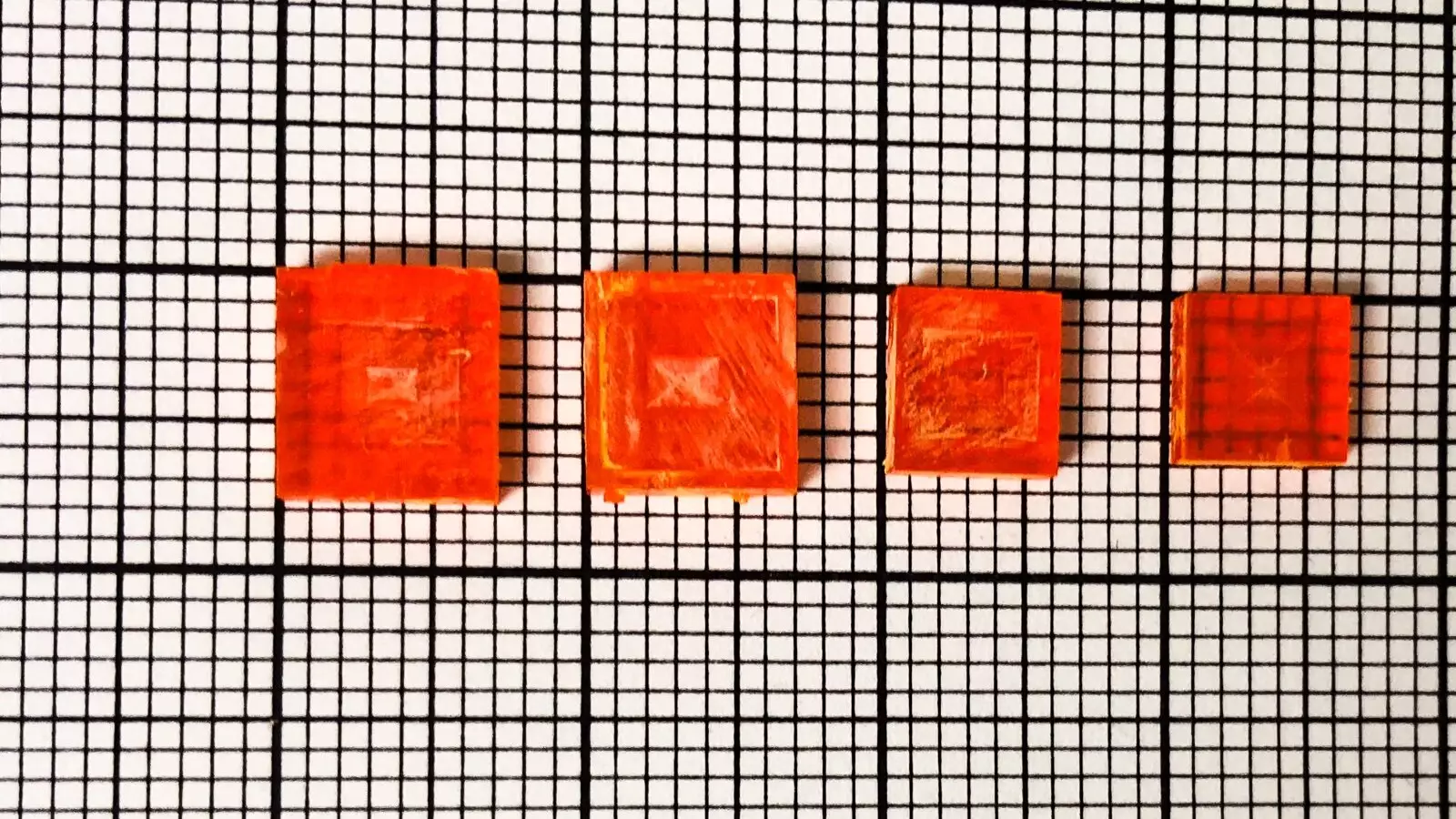X-ray technology has revolutionized the field of medicine and scientific research, providing non-invasive imaging and valuable insights into various materials. Recent advancements in X-ray technology have led to the development of brighter and more intense beams, allowing for the imaging of intricate systems in real-world conditions. This includes the ability to study the internal workings of operating batteries. However, to support these advancements, there is a need for X-ray detector materials that can withstand bright and high-energy X-rays, specifically those from large X-ray synchrotrons, while still maintaining sensitivity and cost-effectiveness.
Scientists at the U.S. Department of Energy’s Argonne National Laboratory, along with their colleagues, have made significant progress in developing a new material with exceptional performance for detecting high-energy X-ray scattering patterns. The material exhibits excellent endurance under ultra-high X-ray flux and has a relatively low cost, making it suitable for synchrotron-based X-ray research.
During an X-ray scattering experiment, a beam of photons travels through the sample being studied. The sample scatters the photons, which then strike the X-ray detector material. By analyzing how the X-rays are scattered, scientists can gain valuable insights into the structure and composition of the sample.
Many existing detector materials are unable to handle the wide range of beam energies and enormous X-ray fluxes emitted by large synchrotron facilities. The few materials that can withstand these conditions are often expensive, difficult to grow, or require cooling to very low temperatures. This limitation has prompted the search for better detector materials.
To address the need for improved detector materials, the research team focused on cesium bromide perovskite crystals. Perovskites have simple structures with highly tunable properties, making them suitable for a range of applications. The researchers grew the material using two different methods: melting and cooling in the laboratory and a solution-based approach at room temperature.
The crystals, grown using both methods, demonstrated exceptional detection capabilities and withstood fluxes up to the limit of the Argonne’s Advanced Photon Source (APS) without any issues. This detector material has the ability to distinguish small changes, thus providing greater insight into materials under real conditions. Unlike common detector materials like silicon, the cesium bromide perovskite crystals are relatively dense and structured in a way that enhances their electrical properties, leading to improved efficiency and sensitivity.
High-energy X-rays offer researchers the opportunity to study dynamic systems in real-time, such as biological processes in cells or chemical reactions inside an engine. With the new detector material’s ability to detect subtle changes during experiments, researchers can gain valuable insights into intricate and rapid activity in materials, facilitating faster and more detailed studies.
The APS is currently undergoing a major upgrade that will significantly increase the brightness of its beamlines. Therefore, the development of superior detector materials becomes crucial. The research team believes that their ability to grow high-quality crystals, thanks to the unique capabilities and expertise at Argonne, has greatly contributed to the performance of the cesium bromide perovskite crystals.
Moving forward, the research team aims to scale up production and optimize the crystal quality of the cesium bromide perovskite crystals. They believe that this material has potential applications in detecting gamma rays at extremely high energies, with the support of the DOE National Nuclear Security Administration.
The advancements in X-ray technology have paved the way for groundbreaking discoveries in medicine and scientific research. The development of new and improved X-ray detector materials, such as cesium bromide perovskite crystals, allows for brighter beams and imaging of intricate systems in real-world conditions. With their exceptional performance under high-energy X-rays and relative cost-effectiveness, these detector materials have the potential to revolutionize synchrotron-based X-ray research and enable faster and more detailed studies of various materials.



Leave a Reply